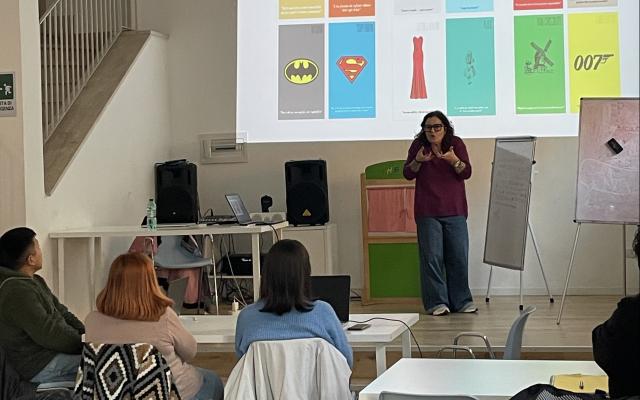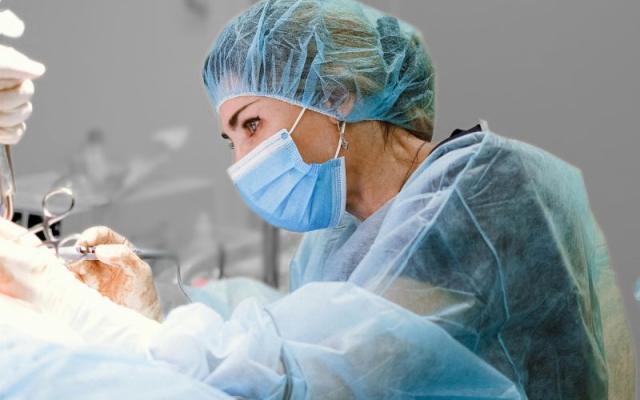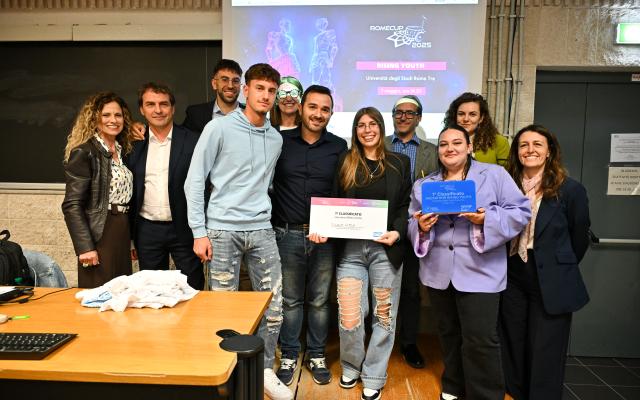LV8 -Coding for Girls: Flavia Forconi and Federica Mitri’s stories.
Project LV8 has come to an end. Coding for Girls promoted with the Vodafone Foundation [see news: LV8 - Coding for Girls: The Federico Caffé Team Wins the Hackathon]. We were guests of the Department of Industrial, Electronic, and Mechanical Engineering at the University of Roma Tre, where 117 students from 10 Italian schools participated in a hard-fought hackathon with elevator pitches. But the occasion was also particularly precious for the "Inspire your Future" session with two brilliant young researchers from the Department: Flavia Forconi and Federica Mitri.
Two brilliant minds who left the students speechless by explaining very challenging and innovative projects with great simplicity, as Onelia Onorati, who produced the report and interviews, tells us.
The first project, ARIA, uses artificial intelligence for research devices at the BioLab3 of the Department of Industrial, Electronic, and Mechanical Engineering (DIIEM) at the Roma Tre University. My research activity focuses on Project ARIA, or Animal-boRne systems for envIronmentAl monitoring (PRIN 2022). It aims to develop innovative hardware and software tools for environmental monitoring using sensors applied on birds, such as pigeons and seagulls, to build a database and predictive models to forecast the air quality over different areas and atmospheric levels. So, CO2 and NOx sensors will be integrated with position and movement sensors to extract useful information for the characterization of air pollution, identifying its possible correlation with animal behaviour through multivariable analyses and machine learning models.”
The detection of chemical components in the air is at the centre of Federica Mitri's research. “Last year, the Nobel Prize for Chemistry was awarded to three great scientists for having conceived and synthesized quantum dots. These are nanocrystals of semiconductor material and, so far, are the smallest particles obtained by nanotechnology. Today, quantum dots are widely used in commercial products such as computer monitors and television screens based on QLED technology, but also in the biomedical and diagnostic fields such as biosensors and biomarkers. In our laboratory, we use quantum dots to create sensors for applications ranging from environmental monitoring to fighting forest fires and even anti-terrorism.”
How did your career as a researcher begin? “After obtaining a master’s degree in biomedical engineering,” explains Flavia Forconi, “I was deeply fascinated and intrigued by the world of research. So, I decided to participate in the PhD on Tissue Engineering. During the three years of my doctorate, there were many moments of satisfaction and curiosity, which led me to increasingly appreciate scientific research. At the end of my doctorate, I decided to continue my work experience in the field of scientific research as a research fellow. Over the course of these years, it was clear to me right from the beginning that research is made of doubts, discoveries, curiosities, and deep collaboration with one’s team to achieve results, as well as for professional and personal growth!”
“After graduating from high school, I never thought that my future would be in science and technology. I enrolled in engineering with a lot of curiosity for a world that I knew very little about with some initial difficulties, but also passion and commitment. I graduated and I obtained a PhD in Applied Electronics. Now I work in research: an incredible job, never repetitive, stimulating and challenging and which offers the unique possibility of participating in progress and having an impact on society.”



